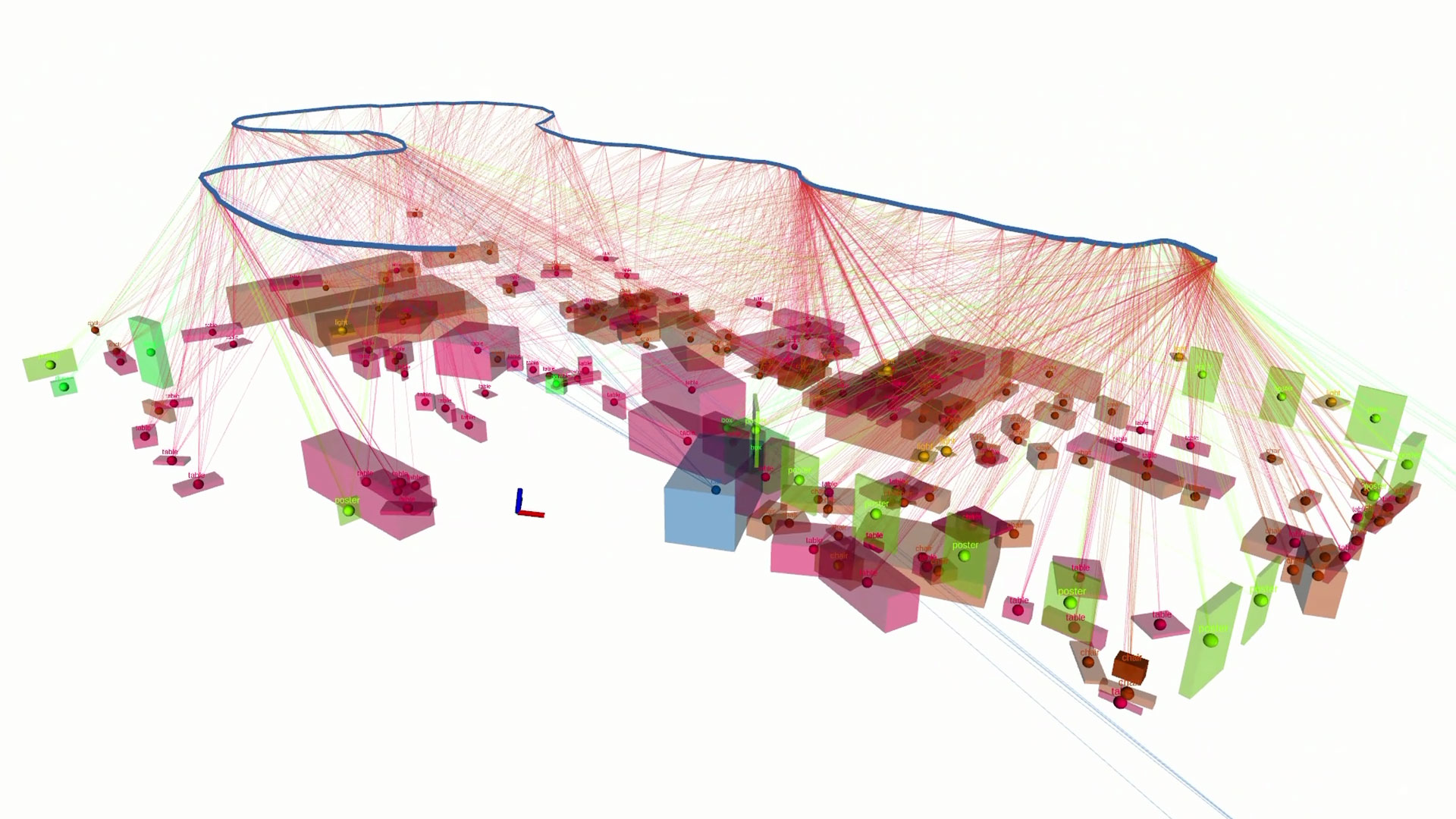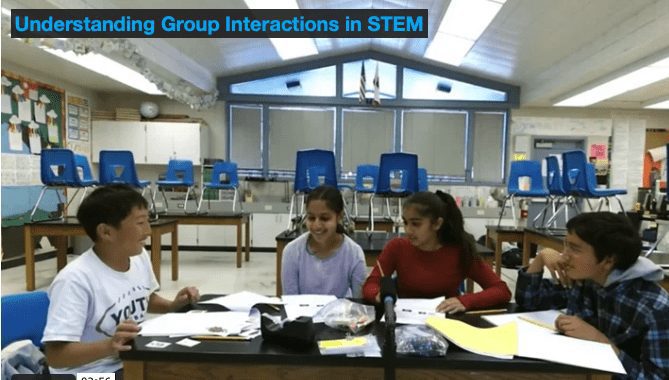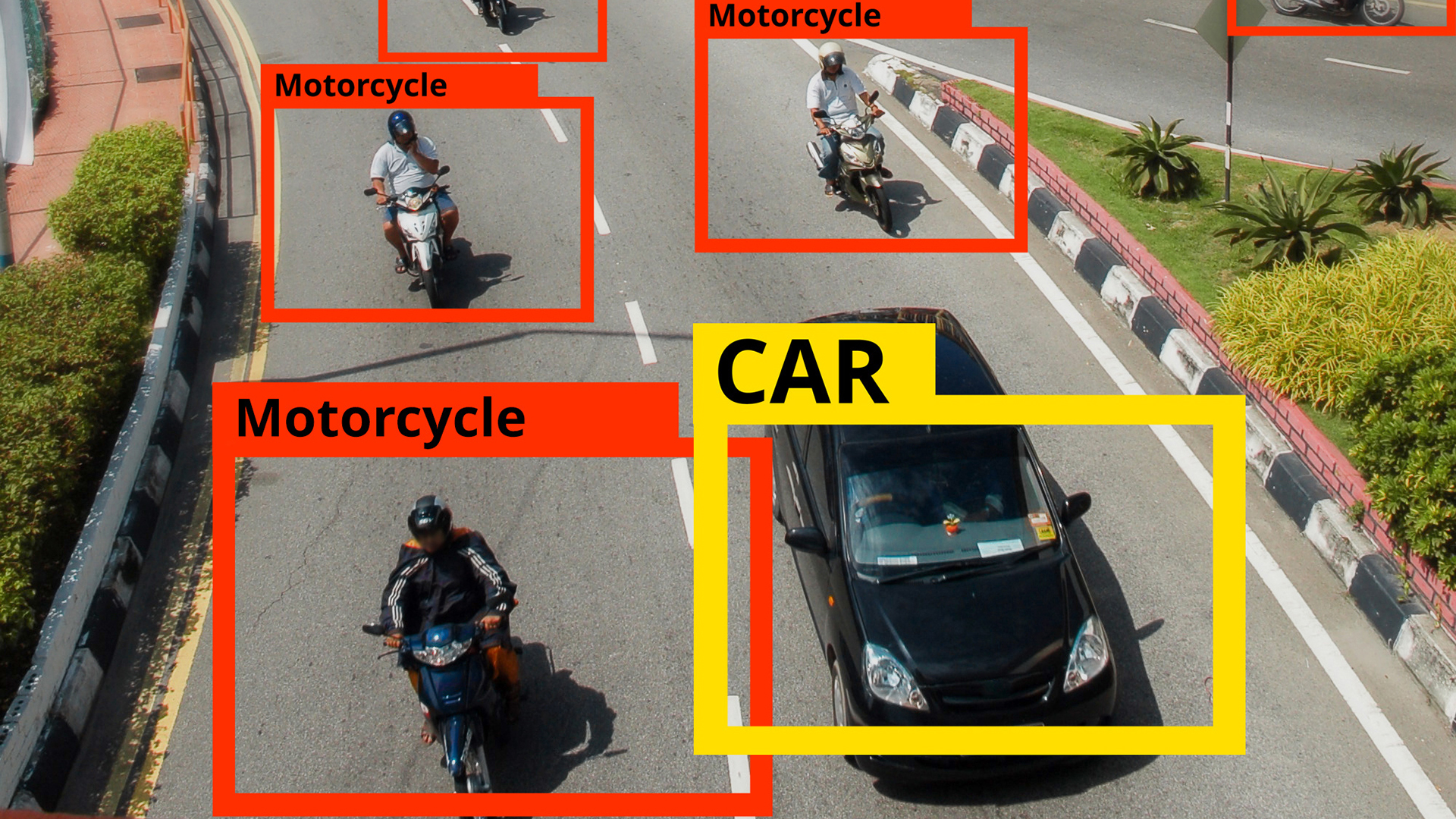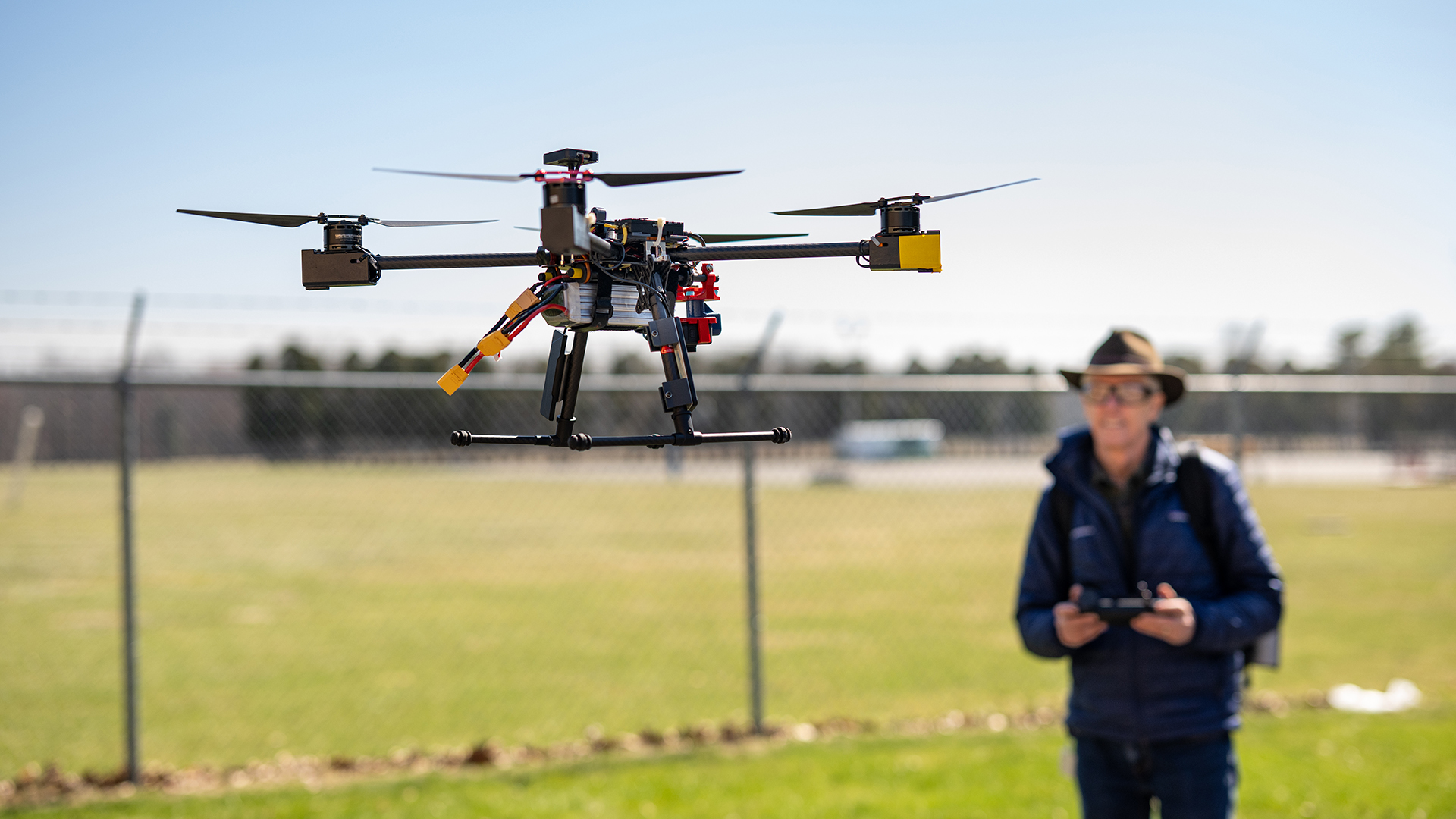Computer vision
CVT does both early-stage research and developmental work to build prototype solutions that impact government and commercial markets, including defense, healthcare, automotive and more. Numerous companies have been spun-off from CVT technology successes.
-

Supun Samarasekera: The future of video analytics and AI for mixed reality applications
Supun Samarasekera, senior technical director for the Center for Vision Technologies, discusses the changing landscape of AI and video analytics for mixed reality applications.
-

Decades of cutting-edge research that matters
Supun Samarasekera has helped bring real-world mixed reality applications to our customers for almost 30 years.
-

SayNav: Grounding Large Language Models to Navigation in New Environments
SayNav is a novel planning framework, that leverages human knowledge from Large Language Models (LLMs) to dynamically generate step-by-step instructions for autonomous agents to complicated navigation tasks in unknown large-scale environments. It also enables efficient generalization of learning to navigate from simulation to real novel environments.
-

SRI’s classroom collaboration NSF Project on Understanding STEM Collaboration
The Automated Collaboration Assessment Using Behavioral Analytics project will measure and support collaboration as students engage in STEM learning activities.







